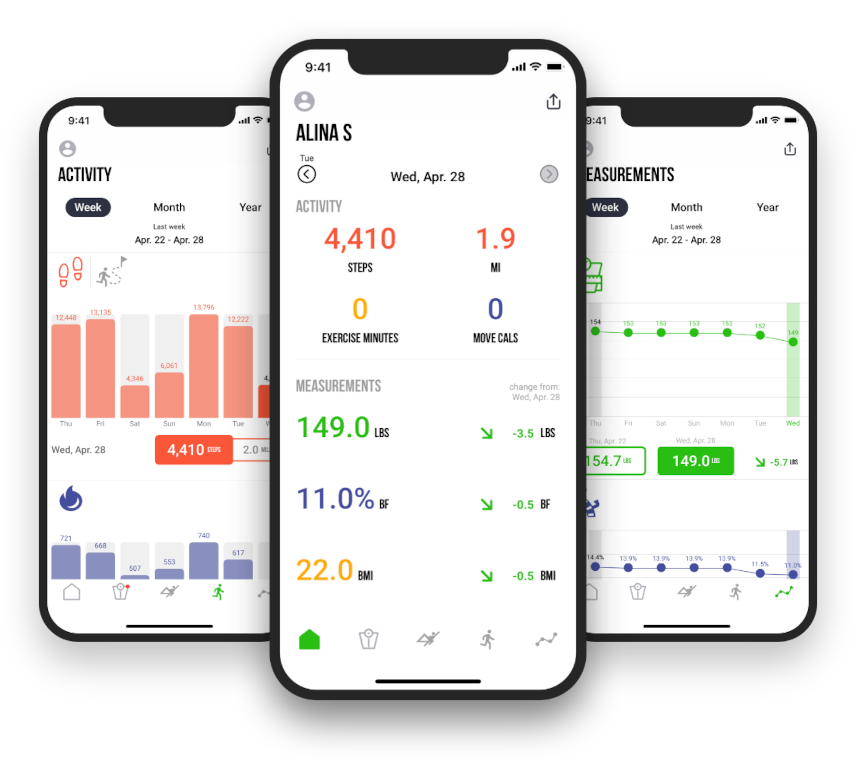Pilates offers a great way for clients to improve their posture. By incorporating moves targeting the back, obliques and core strength and alignment, you can promote and correct perfect posture says Kayla Duke.
When you hold and carry yourself well, you not only feel better but also look better – taller, more slender and more confident. Impressive results to achieve from the seemingly simple actions of standing and walking with correct posture. But how is such posture achieved?
Many people who spend countless hours hunched over computers and steering wheels wonder how it is possible to achieve perfect posture and alignment. The answer is simple: become aware of it and you will be more conscious of correcting it.
A good way to become aware of your posture, and understand how to activate the muscles you use to perfect your posture, is to practise Pilates. Pilates promotes and corrects posture through non-aerobic gentle exercises focusing on quality rather than quantity.
If you are a Pilates instructor you will already know this. But if, despite this, your students are not improving their posture, you may need to reassess the exercises you are prescribing in your class. The key to success in this area is in planning a truly balanced workout.
As a group Pilates teacher and teacher trainer I usually look at class situations in which I’m trying to correct multiple bodies in a one-hour class. Thus, most of the following examples are for application in a group setting, rather than in a one-on-one client situation which affords the luxury of focusing only on an individual’s specific problem areas.
So, what is a balanced workout? A balanced workout focuses on alignment and learning how to work both sides of the body thoroughly andevenly, never overloading one side. Of course, in Pilates the focus is always on the core.
The following exercises can be incorporated into any Pilates class, starting with standing exercises for the obliques, continuing with seated exercises for core strength and alignment, and finishing with working the back – all working towards overall alignment of the body.
Standing lateral stretch and activation
Target area: obliques
Start by standing tall with feet hip-width apart and ankles, hips, shoulders and ears in a straight vertical line.
Lean to one side, making sure the hips stay stacked over the feet; the movement is only from the waist up. You should feel a stretch as you lengthen and lean to one side, before working back up to perfect posture. For the basic option, hands remain beside the body (photo 1).
To make the exercise more challenging, repeat with the hands raised up behind the head (photo 2).
For an even deeper challenge, raise the arms above the head (photo 3). For this progression, be conscious of checking that correct alignment is maintained, with the hips staying stacked over the feet.
Tip: Remind participants that the movement is from the waist line, and that the arms shouldn’t swing from the shoulder joint.
Seated half roll down exercise with variations
Target area: core strength and alignment
Start in a seated position with the knees bent and the arms reaching to the sides (photo 4). Ensure the arms are reaching back far enough to activate the back.
Perform a half roll down as the arms reach forward and one heel slides along the floor (photo 5). Be continually conscious of tilting the pelvis under, lifting the pelvic floor and scooping the belly in and up to ‘hollow out’ in the centre as much as possible. Then roll back up to perfect posture, reaching the arms out to the sides again while drawing the shoulder blades down the back and together, switching on the back. Repeat, sliding the opposite heel along the floor.
Perform a half roll down with heel slide, this time lifting the full leg up from the hip joint, then back to the floor (photo 6). Roll back up. Repeat on the other side.
This time at the base of the movement when the leg is lifted, perform leg circles, making sure the movement comes from the hip joint (photo 7). Also focus on stabilising the body and making sure there is no rocking from side-to-side. Roll up and repeat on the other side.
Tip: If the hip flexors or thighs switch on too much while performing the leg circles, support the lifted leg by holding with both hands. This enables focus to remain on the core.
Prone exercise
Target area: back
Whenever the back is worked in a prone position, the navel needs to be drawn in to the spine to keep core activation in the front, which will help support the core muscles of the lower back.
Lying down with elbows bent out to the side and legs straight, raise one leg and the opposite arm while extending the arm forward (photo 8). Lower back down and repeat on the other side, aiming for length rather than height.
To progress the move, while the leg is lifted, bend the knee to increase work in the buttocks and hamstring while simultaneously bending the elbow to increase activation of the lats (photo 9).
For even greater challenge, repeat all of the above moves with both arms and legs raised, and then raised and bent, to activate the full dorsal side of the body (photos 10 & 11).
The above combinations combine both classical and contemporary Pilates styles, and when performed correctly will help achieve the goal of perfecting posture and alignment through Pilates. As with all forms of exercise, it is important to work the back just as much as the front, making sure not to overload on supine exercises (as can happen with Pilates). It is beneficial to continually change the dimension in which the body is working: transition between standing, seated, side, all fours, prone and supine positions. Doing so will reduce the risk of creating any imbalance, which can adversely affect posture in the long term.
The more you practice and share Pilates exercises through classes, one-on-one and self practice, the better you get and the better you will hold and carry yourself. By maintaining focus on core activation throughout every exercise you will improve body placement and pave the way to perfect posture.
Kayla Duke
Based in Singapore, Kayla is group exercise country manager with California Fitness, and the creator of California Fitness Group Pilates Teacher Trainer Course. She choreographs and instructs many programs, trains and assesses instructors and presents nationally and internationally. Australian Fitness Network’s Author of the Year 2010, Kayla regularly appears on television and in print and online fitness media.

